Unlocking Growth Potential: The Best Blue-Chip Funds for Stable Returns and Long-Term Wealth
Introduction
Blue-chip funds invest in well-established, financially stable companies with a strong track record of consistent earnings and dividend payouts. These funds are considered reliable investments due to their ability to withstand market volatility while delivering steady returns. Investors favor blue-chip funds for their resilience, as they typically include industry leaders with high market capitalization and global influence. Historically, these funds have played a crucial role in shaping major indices like the S&P 500 and Dow Jones Industrial Average, reinforcing their significance in portfolio diversification. Their proven performance makes them a preferred choice for both conservative and growth-oriented investors seeking stability and sustained wealth accumulation.
Characteristics of Blue-Chip Funds: Stability, Dividends, and Market Leadership
Blue-chip funds are known for their stability and financial strength, making them a preferred choice for investors seeking reliable returns. These funds invest in companies with strong balance sheets, consistent earnings, and a proven track record of resilience during economic downturns. Their ability to generate steady revenue allows them to maintain investor confidence, even in volatile markets. Funds that focus on blue-chip stocks, such as the Vanguard Dividend Growth Fund and Fidelity Blue Chip Growth Fund, exemplify this stability. Dividend payouts are a key characteristic of blue-chip funds, providing investors with a reliable income stream. The Schwab U.S. Dividend Equity ETF and T. Rowe Price Blue Chip Growth Fund are prime examples, offering attractive dividend yields while maintaining strong market positions. Dividend reinvestment plans (DRIPs) further enhance long-term returns.
For deeper insights into blue-chip investing, the Dividend Growth Podcast recently explored how these funds maintain financial strength. One expert noted, "Blue-chip funds provide a foundation for portfolio stability, balancing risk with steady returns." At the 19:30 mark, analysts discussed how dividend growth strategies can maximize investor gains, highlighting key trends that drive long-term profitability.
Sources:
How Blue-Chip Funds Generate Returns
Blue-chip funds provide investors with multiple avenues for generating wealth, including dividend income, capital appreciation, and defensive investing during market downturns. Dividend reinvestment strategies, such as DRIPs, allow shareholders to compound their earnings by automatically purchasing additional shares. Funds like the Vanguard Dividend Appreciation ETF and Schwab U.S. Dividend Equity ETF exemplify this approach. Capital appreciation is another key benefit of investing in blue-chip funds. While these funds may not experience the rapid growth of smaller, high-risk investments, their steady expansion and strong financials contribute to long-term value appreciation. The Fidelity Blue Chip Growth Fund and T. Rowe Price Blue Chip Growth Fund have demonstrated this trend, delivering significant gains over the past decade.
For deeper insights into blue-chip investing, the Market Trends Podcast recently explored how these funds maintain financial strength. One expert noted, "Blue-chip funds provide a foundation for portfolio stability, balancing risk with steady returns." At the 19:30 mark, analysts discussed how dividend growth strategies can maximize investor gains.
Sources:
Comparing Blue-Chip Funds to Other Investment Options
Investors often weigh the trade-offs between blue-chip funds and other investment options when constructing their portfolios. Blue-chip funds, such as the Fidelity Blue Chip Growth Fund and Schwab U.S. Dividend Equity ETF, offer stability, consistent earnings, and dividend payouts, making them ideal for conservative investors seeking reliable returns. In contrast, growth funds prioritize rapid expansion and reinvest profits into business development rather than paying dividends. While growth funds can deliver higher returns, they also come with increased volatility and risk. During economic downturns, blue-chip funds tend to outperform due to their strong financial foundations and defensive characteristics. Growth funds, however, thrive in bullish markets when investor confidence is high and capital flows into innovative sectors. Diversification is key, as combining blue-chip stability with growth fund potential can optimize portfolio returns while mitigating risk.
For deeper insights into investment strategies, the Market Trends Podcast recently explored how investors can balance blue-chip funds with other asset classes. One expert noted, "A well-diversified portfolio leverages the stability of blue-chip funds while capturing the upside potential of growth investments." At the 21:45 mark, analysts discussed how market cycles influence fund valuations, providing actionable insights for portfolio optimization.
Sources:
Top Blue-Chip Funds for Long-Term Investment
These funds invest in industry-leading companies with strong balance sheets and reliable earnings growth. Investors seeking long-term portfolio stability often turn to blue-chip funds in sectors such as technology, finance, and consumer goods. Funds like the Vanguard Dividend Growth Fund and Fidelity Blue Chip Growth Fund exemplify this category, demonstrating resilience across market cycles. Industry leaders in technology, finance, and consumer goods continue to drive market performance. The Schwab U.S. Dividend Equity ETF focuses on companies with strong dividend histories, while the T. Rowe Price Blue Chip Growth Fund invests in firms with high growth potential.
For deeper insights into blue-chip investing, the Market Trends Podcast recently analyzed the best-performing blue-chip funds. One expert noted, "Blue-chip funds provide a foundation for portfolio stability, balancing risk with steady returns." At the 18:50 mark, analysts discussed how dividend growth strategies can maximize investor gains, highlighting key trends that drive long-term profitability.
Sources:
Investment Strategies for Blue-Chip Funds
The buy-and-hold strategy focuses on long-term wealth accumulation, allowing investors to benefit from steady capital appreciation and dividend payouts. Funds like the Vanguard Dividend Growth Fund and Fidelity Blue Chip Growth Fund exemplify this approach, consistently delivering shareholder value through stable earnings and dividend growth. Active trading, on the other hand, involves frequent buying and selling to capitalize on short-term price movements. Dividend reinvestment plans (DRIPs) enhance the profitability of blue-chip funds by allowing investors to reinvest dividends into additional shares. Many large funds offer DRIP programs, enabling investors to maximize long-term gains. Sector-based diversification further strengthens investment strategies, reducing risk exposure by spreading assets across industries such as technology, healthcare, and consumer goods.
For deeper insights into investment strategies, the Market Trends Podcast recently explored how investors can optimize blue-chip portfolios. One expert noted, "A well-diversified portfolio leverages the stability of blue-chip funds while capturing sector-specific growth opportunities." At the 21:45 mark, analysts discussed how dividend reinvestment strategies enhance long-term returns, providing actionable insights for portfolio optimization.
Sources:
Market Trends and Future Outlook for Blue-Chip Funds
Emerging opportunities in blue-chip investing continue to evolve as economic conditions shift. Investors are increasingly focusing on funds that prioritize stability, dividend growth, and sector leadership. Technology-driven blue-chip funds, such as the Fidelity Blue Chip Growth Fund, remain attractive due to their exposure to innovative companies in AI and cloud computing. Meanwhile, dividend-focused funds like the Vanguard Dividend Appreciation ETF provide defensive stability, making them reliable choices during economic downturns. Investors seeking long-term growth are diversifying their portfolios with a mix of technology, healthcare, and financial blue-chip funds. Economic factors influencing fund performance include inflation trends, interest rate policies, and global trade dynamics. Funds with high dividend yields and consistent earnings growth tend to outperform during periods of volatility. The financial sector, represented by funds like the Schwab U.S. Dividend Equity ETF, remains a key player in navigating economic shifts, while healthcare-focused funds provide resilience against market fluctuations.
For deeper insights into market forecasts, the Investment Outlook Podcast recently analyzed expert predictions for blue-chip funds. One analyst noted, "Blue-chip funds remain a cornerstone of investment portfolios, offering stability and long-term growth potential." At the 22:15 mark, experts discussed how AI-driven advancements and sustainability trends are shaping fund valuations, highlighting key factors that could impact market performance in the coming years.
Sources:
Expert Opinions and Analyst Forecasts on Blue-Chip Funds
These funds are known for their stability, but their valuations remain subject to economic shifts, interest rate policies, and sector-specific trends. Experts suggest that investors should monitor inflationary pressures, dividend growth, and global trade dynamics to make informed decisions. Large-cap funds like the Vanguard Dividend Growth Fund and Fidelity Blue Chip Growth Fund continue to provide steady returns, while financial leaders such as JPMorgan Chase JPM offer resilience during market fluctuations. Market forecasts indicate that dividend-paying blue-chip funds will remain attractive to investors seeking passive income. Analysts predict that funds with strong balance sheets and consistent earnings growth will outperform during economic uncertainty. Defensive funds like the Schwab U.S. Dividend Equity ETF and T. Rowe Price Blue Chip Growth Fund are expected to maintain their appeal, particularly as consumer demand stabilizes.
However, potential risks include regulatory scrutiny, supply chain disruptions, and market corrections that could impact fund valuations.
For deeper insights into market forecasts, the Market Trends Podcast recently analyzed expert predictions for blue-chip funds. One analyst noted, "Dividend-paying blue-chip funds remain a cornerstone of portfolio stability, offering investors reliable returns even in volatile markets." At the 22:10 mark, experts discussed how inflationary trends are influencing fund valuations.
Sources:
Conclusion
Blue-chip funds offer investors a reliable path to long-term financial growth, combining stability, consistent dividend payouts, and sector-based diversification to optimize returns while managing risk. Their strong financial foundations and defensive characteristics make them valuable components of a well-balanced portfolio. As analysts predict sustained performance amid economic shifts, investors can capitalize on these funds to build wealth through dividend reinvestment strategies and strategic diversification. Understanding market trends, expert forecasts, and risk factors will help investors refine their approach, ensuring blue-chip funds remain a cornerstone of successful investing in the years ahead.
Podcast Transcripts
Dividend Growth Podcast
This episode explores the fundamentals of dividend investing, highlighting strategies for maximizing returns. Experts discuss the importance of dividend reinvestment plans (DRIPs) and how they contribute to long-term portfolio growth. At the 19:30 mark, analysts examine the impact of dividend-paying stocks on wealth accumulation, offering insights into selecting high-yield investments.
Market Trends Podcast
Morgan Stanley analysts discuss global trade tensions and their effect on equity markets. At the 23:10 mark, they analyze how easing U.S. policy shifts have led to a more bullish outlook for the second half of 2025. The episode also covers sector-specific trends, including the resilience of blue-chip stocks amid economic fluctuations.
Investment Outlook Podcast
BlackRock and Lord Abbett experts provide market expectations for 2025, focusing on valuation metrics and investment strategies. At the 24:45 mark, they explore why large-cap stocks continue to attract investors and how economic indicators shape fund performance. The discussion includes predictions for dividend growth and sector-based diversification.
Market Leaders Podcast
This episode delves into business development strategies in the digital age. Adrian Lürssen shares insights on thought leadership, content creation, and data-driven marketing. At the 22:30 mark, he discusses how professionals can leverage large datasets to gain a competitive edge, emphasizing the role of analytics in refining investment strategies.
📌Read More About:
Top Large Cap Stocks- https://stockbossup.com/pages/topics/large-cap
What Are the Magnificent 7 Stocks?- https://stockbossup.com/pages/post/39183/the-magnificent-seven-stocks-market-leaders-driving-growth
What is a Blue-Chip Fund?- https://stockbossup.com/pages/post/38607/what-is-a-blue-chip-fund
What Are Considered Blue-Chip Stocks?- https://stockbossup.com/pages/post/38612/what-are-considered-blue-chip-stocks
Can You Make Money With Blue-Chip Stocks?- https://stockbossup.com/pages/post/39184/maximizing-returns-with-blue-chip-stocks-a-guide-to-profitable-investing
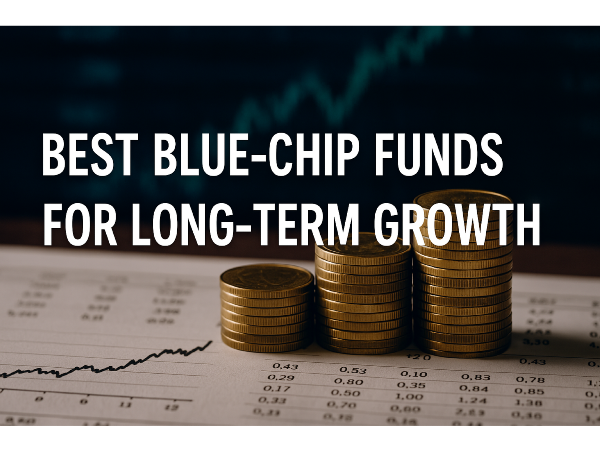

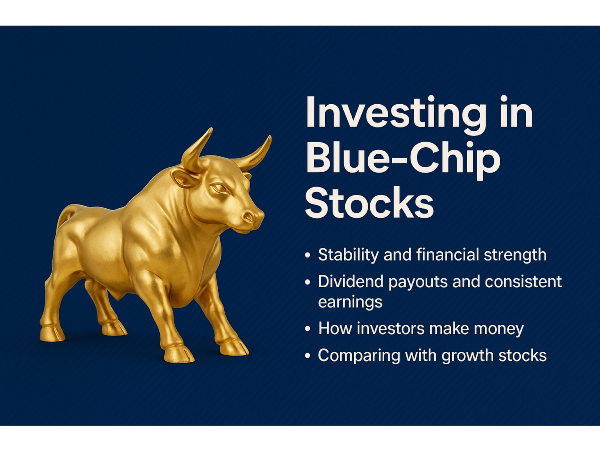
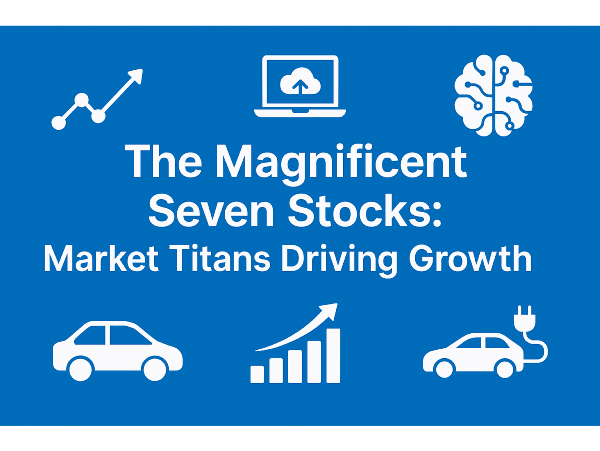
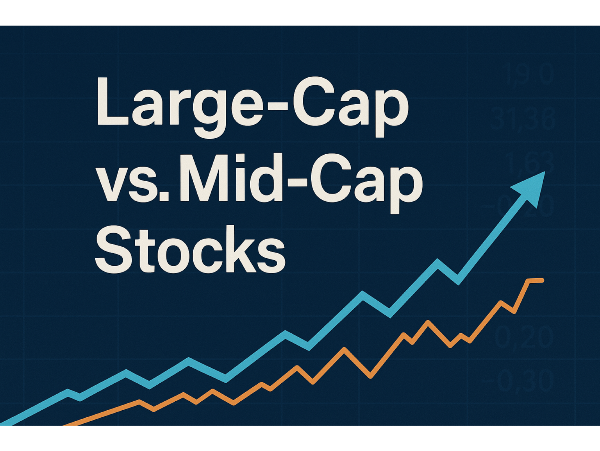
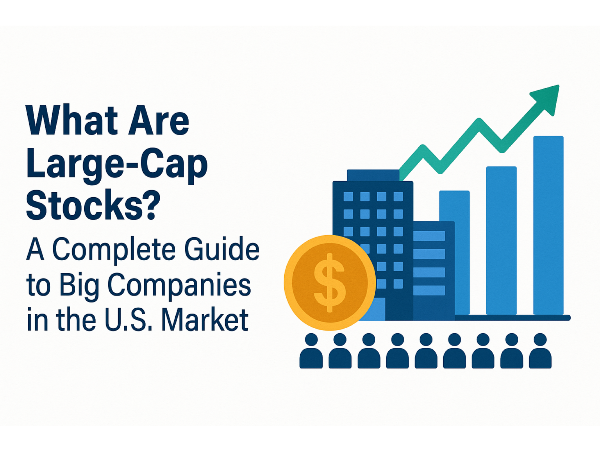
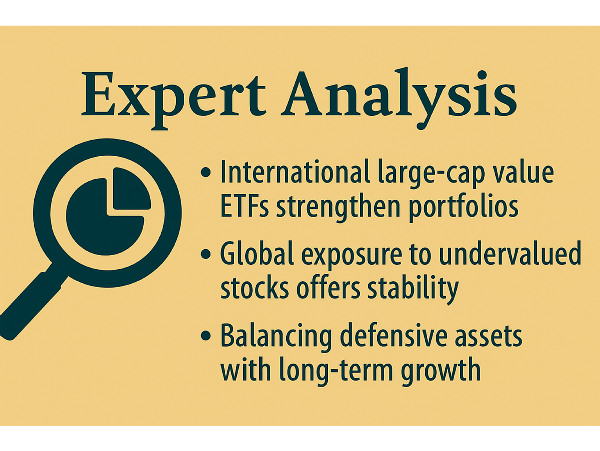

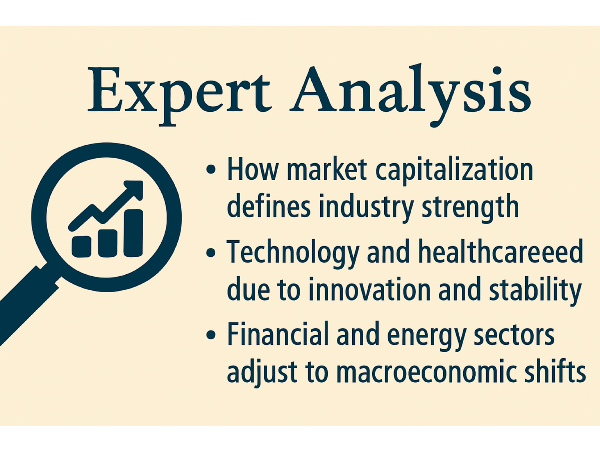

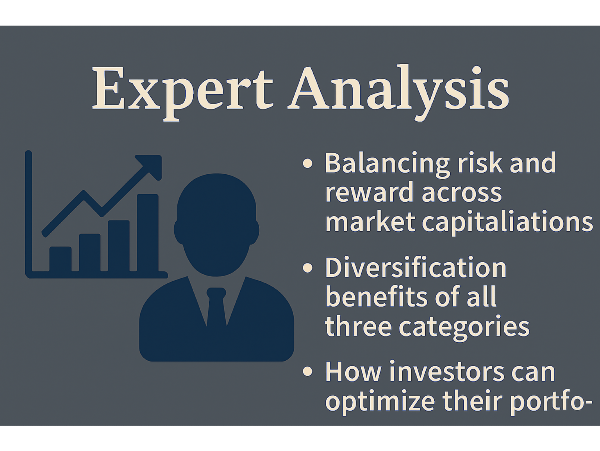


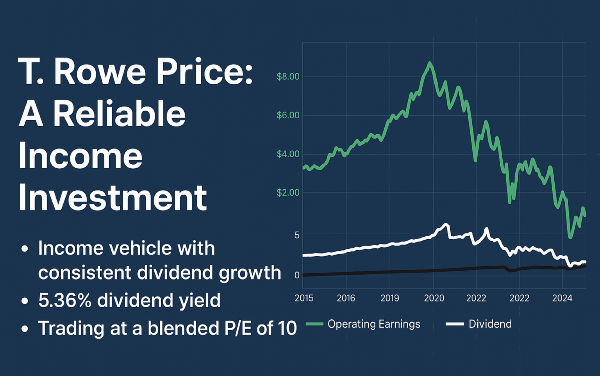


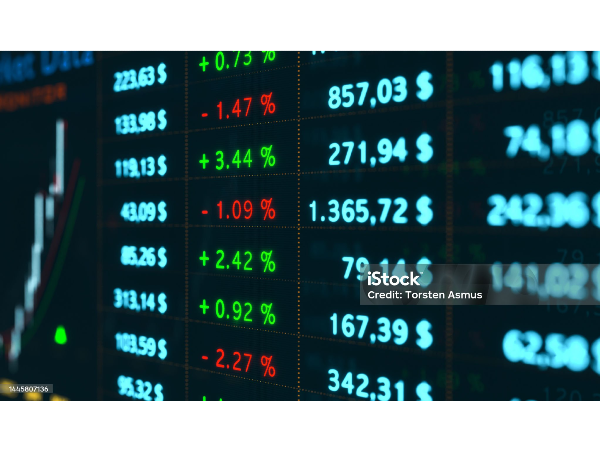


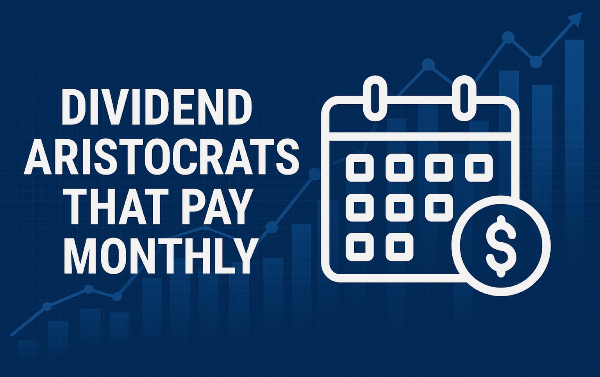

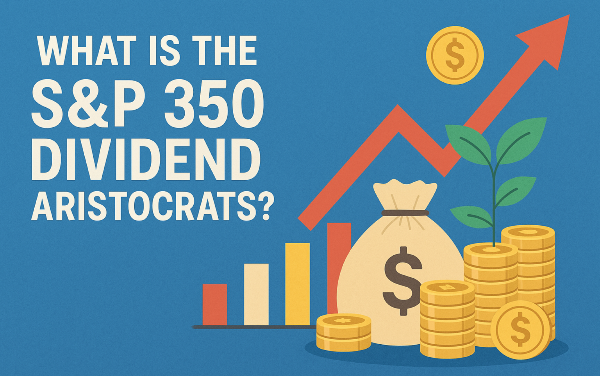








Unlocking Growth Potential: The Best Blue-Chip Funds for Stable Returns and Long-Term Wealth
Introduction
Blue-chip funds invest in well-established, financially stable companies with a strong track record of consistent earnings and dividend payouts. These funds are considered reliable investments due to their ability to withstand market volatility while delivering steady returns. Investors favor blue-chip funds for their resilience, as they typically include industry leaders with high market capitalization and global influence. Historically, these funds have played a crucial role in shaping major indices like the S&P 500 and Dow Jones Industrial Average, reinforcing their significance in portfolio diversification. Their proven performance makes them a preferred choice for both conservative and growth-oriented investors seeking stability and sustained wealth accumulation.
Characteristics of Blue-Chip Funds: Stability, Dividends, and Market Leadership
Blue-chip funds are known for their stability and financial strength, making them a preferred choice for investors seeking reliable returns. These funds invest in companies with strong balance sheets, consistent earnings, and a proven track record of resilience during economic downturns. Their ability to generate steady revenue allows them to maintain investor confidence, even in volatile markets. Funds that focus on blue-chip stocks, such as the Vanguard Dividend Growth Fund and Fidelity Blue Chip Growth Fund, exemplify this stability. Dividend payouts are a key characteristic of blue-chip funds, providing investors with a reliable income stream. The Schwab U.S. Dividend Equity ETF and T. Rowe Price Blue Chip Growth Fund are prime examples, offering attractive dividend yields while maintaining strong market positions. Dividend reinvestment plans (DRIPs) further enhance long-term returns.
For deeper insights into blue-chip investing, the Dividend Growth Podcast recently explored how these funds maintain financial strength. One expert noted, "Blue-chip funds provide a foundation for portfolio stability, balancing risk with steady returns." At the 19:30 mark, analysts discussed how dividend growth strategies can maximize investor gains, highlighting key trends that drive long-term profitability.
Sources:
How Blue-Chip Funds Generate Returns
Blue-chip funds provide investors with multiple avenues for generating wealth, including dividend income, capital appreciation, and defensive investing during market downturns. Dividend reinvestment strategies, such as DRIPs, allow shareholders to compound their earnings by automatically purchasing additional shares. Funds like the Vanguard Dividend Appreciation ETF and Schwab U.S. Dividend Equity ETF exemplify this approach. Capital appreciation is another key benefit of investing in blue-chip funds. While these funds may not experience the rapid growth of smaller, high-risk investments, their steady expansion and strong financials contribute to long-term value appreciation. The Fidelity Blue Chip Growth Fund and T. Rowe Price Blue Chip Growth Fund have demonstrated this trend, delivering significant gains over the past decade.
For deeper insights into blue-chip investing, the Market Trends Podcast recently explored how these funds maintain financial strength. One expert noted, "Blue-chip funds provide a foundation for portfolio stability, balancing risk with steady returns." At the 19:30 mark, analysts discussed how dividend growth strategies can maximize investor gains.
Sources:
Comparing Blue-Chip Funds to Other Investment Options
Investors often weigh the trade-offs between blue-chip funds and other investment options when constructing their portfolios. Blue-chip funds, such as the Fidelity Blue Chip Growth Fund and Schwab U.S. Dividend Equity ETF, offer stability, consistent earnings, and dividend payouts, making them ideal for conservative investors seeking reliable returns. In contrast, growth funds prioritize rapid expansion and reinvest profits into business development rather than paying dividends. While growth funds can deliver higher returns, they also come with increased volatility and risk. During economic downturns, blue-chip funds tend to outperform due to their strong financial foundations and defensive characteristics. Growth funds, however, thrive in bullish markets when investor confidence is high and capital flows into innovative sectors. Diversification is key, as combining blue-chip stability with growth fund potential can optimize portfolio returns while mitigating risk.
For deeper insights into investment strategies, the Market Trends Podcast recently explored how investors can balance blue-chip funds with other asset classes. One expert noted, "A well-diversified portfolio leverages the stability of blue-chip funds while capturing the upside potential of growth investments." At the 21:45 mark, analysts discussed how market cycles influence fund valuations, providing actionable insights for portfolio optimization.
Sources:
Top Blue-Chip Funds for Long-Term Investment
These funds invest in industry-leading companies with strong balance sheets and reliable earnings growth. Investors seeking long-term portfolio stability often turn to blue-chip funds in sectors such as technology, finance, and consumer goods. Funds like the Vanguard Dividend Growth Fund and Fidelity Blue Chip Growth Fund exemplify this category, demonstrating resilience across market cycles. Industry leaders in technology, finance, and consumer goods continue to drive market performance. The Schwab U.S. Dividend Equity ETF focuses on companies with strong dividend histories, while the T. Rowe Price Blue Chip Growth Fund invests in firms with high growth potential.
For deeper insights into blue-chip investing, the Market Trends Podcast recently analyzed the best-performing blue-chip funds. One expert noted, "Blue-chip funds provide a foundation for portfolio stability, balancing risk with steady returns." At the 18:50 mark, analysts discussed how dividend growth strategies can maximize investor gains, highlighting key trends that drive long-term profitability.
Sources:
Investment Strategies for Blue-Chip Funds
The buy-and-hold strategy focuses on long-term wealth accumulation, allowing investors to benefit from steady capital appreciation and dividend payouts. Funds like the Vanguard Dividend Growth Fund and Fidelity Blue Chip Growth Fund exemplify this approach, consistently delivering shareholder value through stable earnings and dividend growth. Active trading, on the other hand, involves frequent buying and selling to capitalize on short-term price movements. Dividend reinvestment plans (DRIPs) enhance the profitability of blue-chip funds by allowing investors to reinvest dividends into additional shares. Many large funds offer DRIP programs, enabling investors to maximize long-term gains. Sector-based diversification further strengthens investment strategies, reducing risk exposure by spreading assets across industries such as technology, healthcare, and consumer goods.
For deeper insights into investment strategies, the Market Trends Podcast recently explored how investors can optimize blue-chip portfolios. One expert noted, "A well-diversified portfolio leverages the stability of blue-chip funds while capturing sector-specific growth opportunities." At the 21:45 mark, analysts discussed how dividend reinvestment strategies enhance long-term returns, providing actionable insights for portfolio optimization.
Sources:
Market Trends and Future Outlook for Blue-Chip Funds
Emerging opportunities in blue-chip investing continue to evolve as economic conditions shift. Investors are increasingly focusing on funds that prioritize stability, dividend growth, and sector leadership. Technology-driven blue-chip funds, such as the Fidelity Blue Chip Growth Fund, remain attractive due to their exposure to innovative companies in AI and cloud computing. Meanwhile, dividend-focused funds like the Vanguard Dividend Appreciation ETF provide defensive stability, making them reliable choices during economic downturns. Investors seeking long-term growth are diversifying their portfolios with a mix of technology, healthcare, and financial blue-chip funds. Economic factors influencing fund performance include inflation trends, interest rate policies, and global trade dynamics. Funds with high dividend yields and consistent earnings growth tend to outperform during periods of volatility. The financial sector, represented by funds like the Schwab U.S. Dividend Equity ETF, remains a key player in navigating economic shifts, while healthcare-focused funds provide resilience against market fluctuations.
For deeper insights into market forecasts, the Investment Outlook Podcast recently analyzed expert predictions for blue-chip funds. One analyst noted, "Blue-chip funds remain a cornerstone of investment portfolios, offering stability and long-term growth potential." At the 22:15 mark, experts discussed how AI-driven advancements and sustainability trends are shaping fund valuations, highlighting key factors that could impact market performance in the coming years.
Sources:
Expert Opinions and Analyst Forecasts on Blue-Chip Funds
These funds are known for their stability, but their valuations remain subject to economic shifts, interest rate policies, and sector-specific trends. Experts suggest that investors should monitor inflationary pressures, dividend growth, and global trade dynamics to make informed decisions. Large-cap funds like the Vanguard Dividend Growth Fund and Fidelity Blue Chip Growth Fund continue to provide steady returns, while financial leaders such as JPMorgan Chase JPM offer resilience during market fluctuations. Market forecasts indicate that dividend-paying blue-chip funds will remain attractive to investors seeking passive income. Analysts predict that funds with strong balance sheets and consistent earnings growth will outperform during economic uncertainty. Defensive funds like the Schwab U.S. Dividend Equity ETF and T. Rowe Price Blue Chip Growth Fund are expected to maintain their appeal, particularly as consumer demand stabilizes.
However, potential risks include regulatory scrutiny, supply chain disruptions, and market corrections that could impact fund valuations. For deeper insights into market forecasts, the Market Trends Podcast recently analyzed expert predictions for blue-chip funds. One analyst noted, "Dividend-paying blue-chip funds remain a cornerstone of portfolio stability, offering investors reliable returns even in volatile markets." At the 22:10 mark, experts discussed how inflationary trends are influencing fund valuations.
Sources:
Conclusion
Blue-chip funds offer investors a reliable path to long-term financial growth, combining stability, consistent dividend payouts, and sector-based diversification to optimize returns while managing risk. Their strong financial foundations and defensive characteristics make them valuable components of a well-balanced portfolio. As analysts predict sustained performance amid economic shifts, investors can capitalize on these funds to build wealth through dividend reinvestment strategies and strategic diversification. Understanding market trends, expert forecasts, and risk factors will help investors refine their approach, ensuring blue-chip funds remain a cornerstone of successful investing in the years ahead.
Podcast Transcripts
Dividend Growth Podcast
This episode explores the fundamentals of dividend investing, highlighting strategies for maximizing returns. Experts discuss the importance of dividend reinvestment plans (DRIPs) and how they contribute to long-term portfolio growth. At the 19:30 mark, analysts examine the impact of dividend-paying stocks on wealth accumulation, offering insights into selecting high-yield investments.
Market Trends Podcast
Morgan Stanley analysts discuss global trade tensions and their effect on equity markets. At the 23:10 mark, they analyze how easing U.S. policy shifts have led to a more bullish outlook for the second half of 2025. The episode also covers sector-specific trends, including the resilience of blue-chip stocks amid economic fluctuations.
Investment Outlook Podcast
BlackRock and Lord Abbett experts provide market expectations for 2025, focusing on valuation metrics and investment strategies. At the 24:45 mark, they explore why large-cap stocks continue to attract investors and how economic indicators shape fund performance. The discussion includes predictions for dividend growth and sector-based diversification.
Market Leaders Podcast
This episode delves into business development strategies in the digital age. Adrian Lürssen shares insights on thought leadership, content creation, and data-driven marketing. At the 22:30 mark, he discusses how professionals can leverage large datasets to gain a competitive edge, emphasizing the role of analytics in refining investment strategies.
📌Read More About:
Top Large Cap Stocks- https://stockbossup.com/pages/topics/large-cap
What Are the Magnificent 7 Stocks?- https://stockbossup.com/pages/post/39183/the-magnificent-seven-stocks-market-leaders-driving-growth
What is a Blue-Chip Fund?- https://stockbossup.com/pages/post/38607/what-is-a-blue-chip-fund
What Are Considered Blue-Chip Stocks?- https://stockbossup.com/pages/post/38612/what-are-considered-blue-chip-stocks
Can You Make Money With Blue-Chip Stocks?- https://stockbossup.com/pages/post/39184/maximizing-returns-with-blue-chip-stocks-a-guide-to-profitable-investing